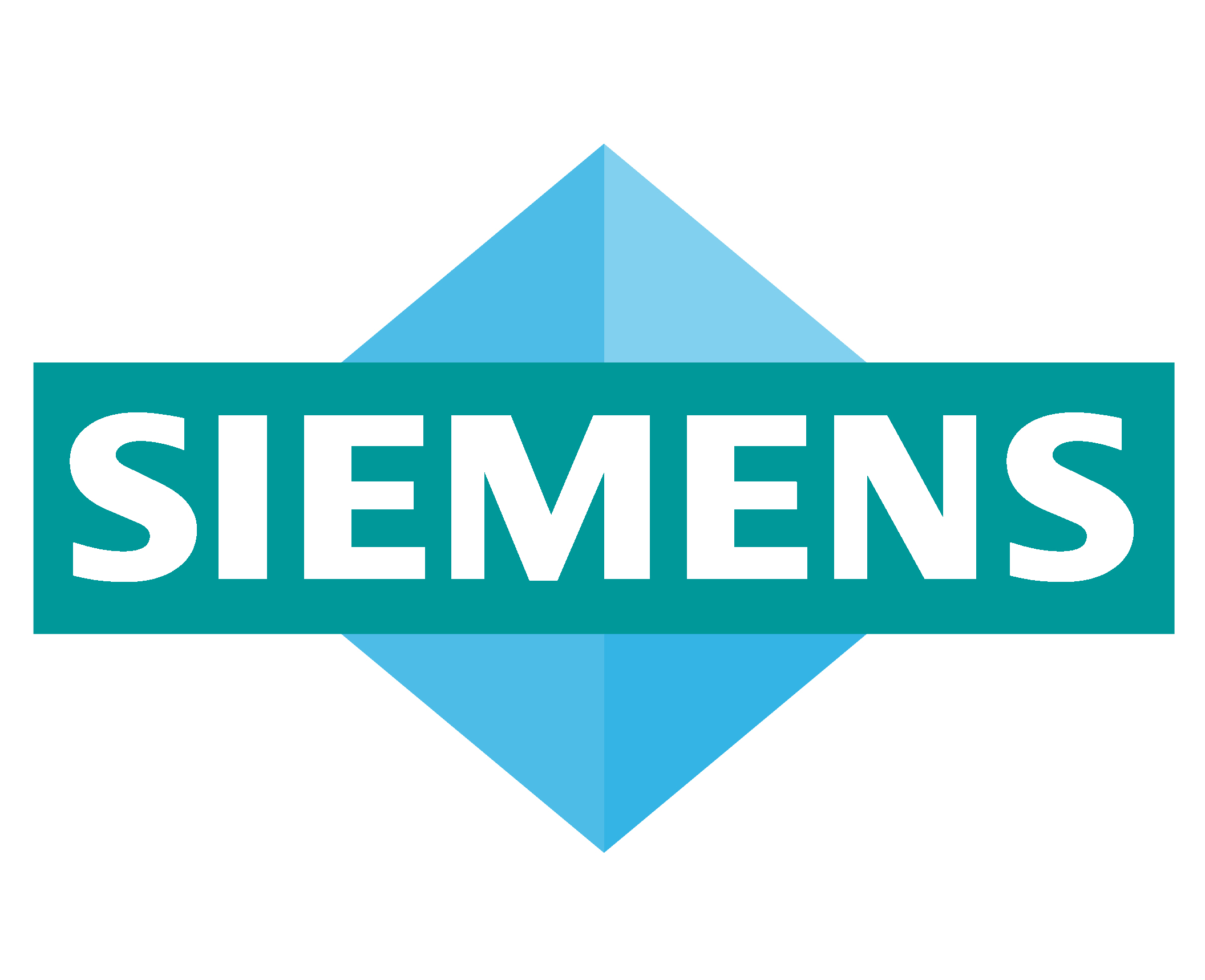
I was very pleased to learn of Stratasys’ partnership with Siemens, but afterwards I’m wondering if there is more to this deal than meets the eye.
To catch up first, however, it’s all about Stratasys moving much more deeply into manufacturing.
The idea is this: up to now, Stratasys equipment has been more or less standalone pieces that would produce prototypes. That makes sense for that type of activity, as the development of prototypes is not necessarily focused on production efficiency, and instead on quick iterations of product variants.
However, in recent years Stratasys has developed machines capable of producing actual end-use products. Not prototype units – production units.
This means that their equipment could theoretically be sold into a larger market: production in addition to prototyping. They’ve had some good success in this market, but recently have realized they must do more things to get deeper into manufacturing.
It’s all about that production efficiency I mentioned above. You see, if you drop a “standalone” machine into the middle of a factory, it’s kind of isolated. While the rest of the factory might be strongly integrated together with robots and other mechanisms to smoothly make products, traditional 3D printers are essentially manual devices that require humans to load, unload, start and stop.
That’s actually introducing LESS efficiency into a factory.
So how does Stratasys, a developer of a specific machine type, understand the massive complexity of factory integration?
Answer: they don’t. They partner with someone who does, and that’s where Siemens comes in. This is a company with decades of experience automating and operating factories, equipment and processes. Stratasys needs only to plug into their environment – with some machine adapations they seem to be working on – and they can become an efficient member of an operating factory.
But during a talk by a leader from Siemens about the partnership I and others got a bit of a different impression. Siemens view on this seems to be that factories are incredibly complex systems and that the Stratasys component is vanishingly small. In fact, it almost seemed that they viewed Stratasys as a partner that would put an extruder on the end of one of their robots, where they would look after all the remaining aspects.
At that point the question came up among several analysts: could Siemens acquire Stratasys?
Certainly Siemens has the financial clout to do so, being a company with annual revenue exceeding USD$50B (that’s Billions) in 2015. The current value of ALL of Stratasys’ shares is about USD$1B.
Such an acquisition could be a very powerful combination, with Siemens factory connections providing a near infinite stream of clients that could use Stratasys technology. Siemens finance could power significant research and development by Stratasys that could lead to interesting new technologies.
But at this point I am unaware of any such deal, or even whether discussions on the topic have occurred. But it is an interesting idea.

